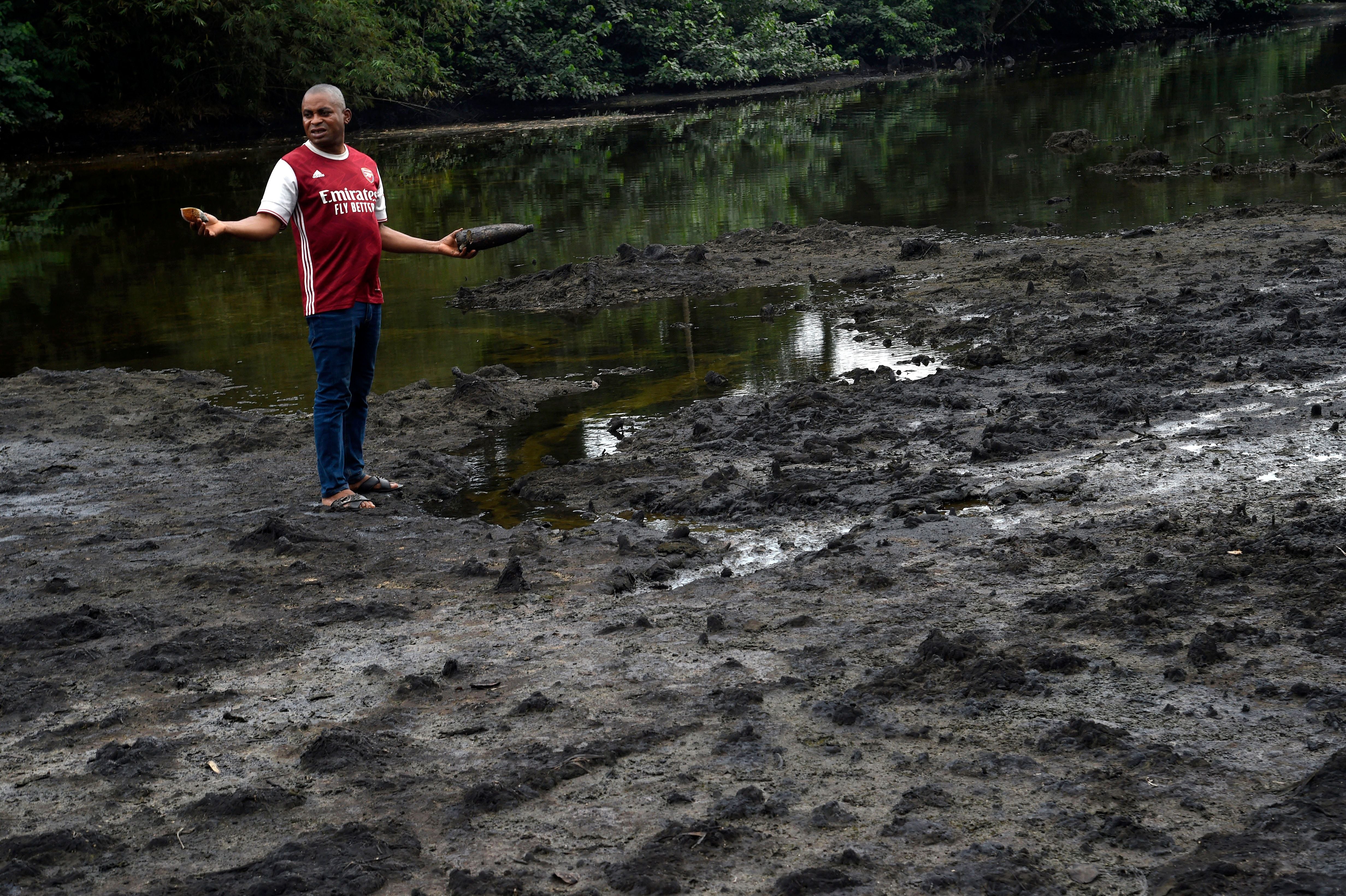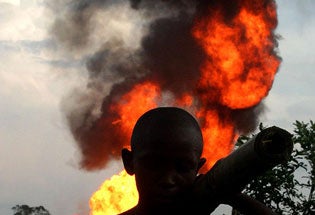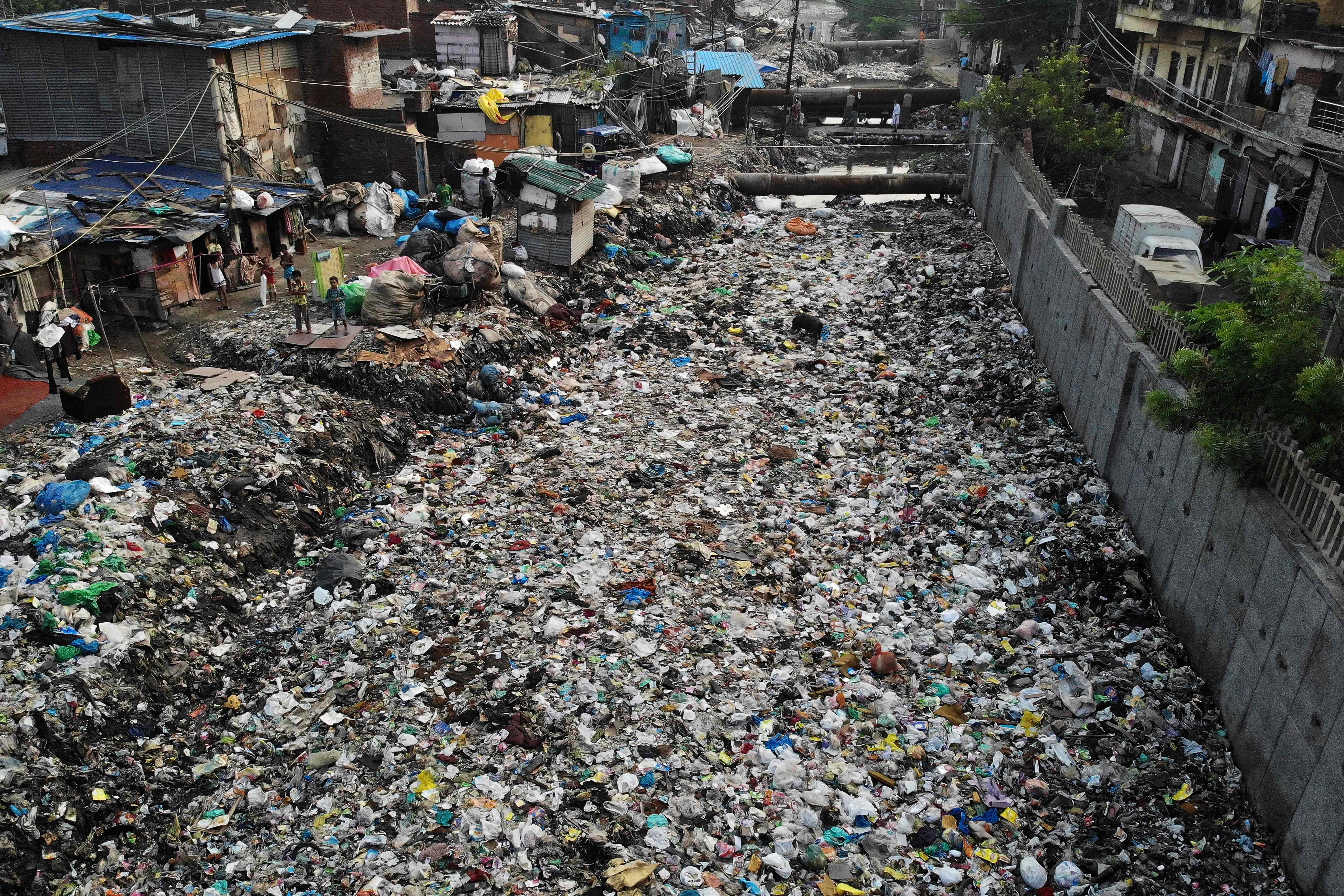Extremely polluted ‘sacrifice zones’ across Earth affecting millions of marginalised people, UN expert warns
‘A zero-pollution, non-toxic environment must be more than a slick slogan’

Millions of people, including those from vulnerable and marginalised groups, are at the mercy of extremely contaminated “sacrifice zones” across the planet, a UN expert has warned.
Sacrifice zones are places where residents suffer “devastating physical and mental health consequences and human rights violations” from living in pollution hotspots and heavily contaminated areas, David Boyd, the special rapporteur on human rights and the environment, explained.
Vulnerable people across the world are, thus, facing a disproportionate burden of health, human rights and environmental consequences from such zones, explained Mr Boyd in a report presented on Thursday to the UN human rights council.
Earlier, during the Cold War era, the phrase was used to describe areas with high and lasting levels of radiation from nuclear experiments conducted by countries such as the US, UK, and the Soviet Union, rendering these places uninhabitable.
Now, such zones are the result of the ongoing, man-made climate crisis, according to Mr Boyd.
He said “unabated greenhouse gas emissions” are causing different parts of the planet to continue to become uninhabitable because of extreme weather events or slow-onset disasters, including drought and rising sea levels.
Living in these places is linked to a high prevalence of physical health problems such as respiratory illness, cancer, heart disease, strokes, reproductive health problems, as well as mental health problems, because people and communities residing in such areas feel exploited.
“The most heavily polluting and hazardous facilities, including open-pit mines, smelters, petroleum refineries, chemical plants, coal-fired power stations, oil- and gas fields, steel plants, garbage dumps and hazardous waste incinerators, as well as clusters of these facilities, tend to be located in close proximity to poor and marginalised communities,” Mr Boyd noted.

Citing various studies, the report said pollution and toxic substances led to at least 9 million premature deaths – double the number of deaths inflicted by the Covid-19 pandemic during its first 18 months.
“One in six deaths in the world involves diseases caused by pollution, three times more than deaths from Aids, malaria and tuberculosis combined and 15 times more than from all wars, murders and other forms of violence,” the UN expert noted.
The report warned that the “toxification of planet Earth is intensifying”, adding that more than 750,000 workers die annually due to exposure to toxic substances, including particulate matter, asbestos, arsenic and diesel exhaust, on the job.
“Production of chemicals doubled between 2000 and 2017 and is expected to double again by 2030 and triple by 2050,” Mr Boyd said, adding that this would lead to worsening health and environmental impacts unless ambitious, urgent, and worldwide collaborative action is taken by all stakeholders and in all countries.
Citing examples of such sacrifice zones, he said “Chemical Valley”, in Sarnia, Ontario in Canada is one of the most notorious pollution hotspots in Canada where disturbing health effects on the Aamjiwnaang First Nation people have been documented.

Over 40 large petrochemical, polymer, oil-refining and chemical facilities, as well as a coal-fired power plant, are in close proximity to the indigenous people in the region with the community enduring some of the worst air quality in Canada.
“Physical and psychological health problems are common, including high rates of miscarriages, childhood asthma, and cancer,” Mr Boyd added.
In the US, he said Black communities such as Mossville, St Gabriel, St James Parish and St John the Baptist Parish, located in Louisiana’s “Cancer Alley”, home to more than 150 refineries and petrochemical plants, including the world’s largest producer of Styrofoam.
“Cancer Alley contains 7 of the 10 United States census tracts with the highest risk of cancer from air pollution. In 2020, air concentrations of cancer-causing chloroprene in St John the Baptist Parish were 8,000 times higher than the acceptable level established by the United States Environmental Protection Agency,” he added.
In the African continent, the report said 95 per cent of children in Kabwe, Zambia suffer from elevated blood lead levels caused by lead mining and smelting, with the region named as “one of the most polluted places on Earth”.
In Nigeria, Mr Boyd noted that people in the Niger Delta have lived with oil pollution and gas flaring for decades with the average life expectancy of its residents only 40 years, compared to 55 years for Nigeria as a whole.
The majority of the world’s most polluted cities are in China and India, the report noted, adding that residents in China’s Bayan Obo and the nearby city of Baotou have elevated levels of rare earth minerals – lanthanum, cerium and neodymium – in their blood, urine, and hair.
“In New Delhi, thick smog provoked a weeks-long closure of all schools in November 2021, with levels of fine particulate matter (PM2.5) 20 times higher than the maximum daily limit recommended by WHO,” the report noted.
The UN expert called for all states across the world to establish monitoring programmes, assess major sources of exposure and provide the public with accurate, accessible information about risks to health.
Mr Boyd also called for all states to assess the potential environmental, social, health, cultural and human rights impacts of all plans, policies, projects and proposals that could foreseeably result in exposure to pollution or toxic substances.
He stressed the need for all states to provide strong protection for environmental human rights defenders, vigilantly protect defenders from intimidation, criminalisation and violence and diligently investigate, prosecute and punish the perpetrators of these crimes.
“A zero-pollution, non-toxic environment must be more than a slick slogan. It must be the vision that inspires Governments, businesses and citizens to make the systemic and transformative changes required to create a new generation of rights-based environmental laws, fulfil the Sustainable Development Goals and achieve a cleaner, greener, healthier future for all,” the UN expert said.
“Today’s environmental injustices must be rectified, and tomorrow’s prevented,” he added.
Join our commenting forum
Join thought-provoking conversations, follow other Independent readers and see their replies
Comments
Bookmark popover
Removed from bookmarks